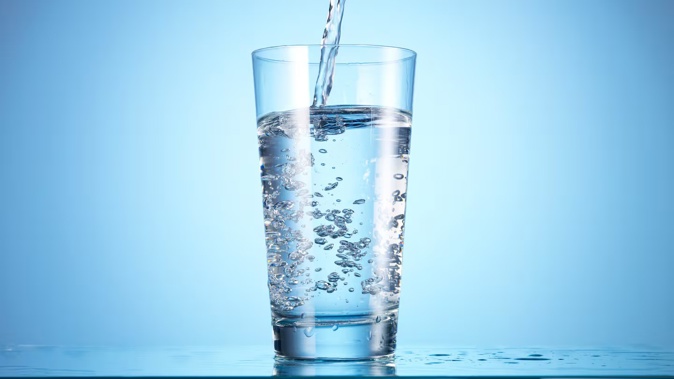
Probable cancer-causing “forever chemicals” have been found in Sydney’s drinking water supplies at levels that exceed overseas standards.
But an expert says the discovery is no cause for alarm due to residents’ existing exposure through a string of other sources.
Sampling of treated water - including at the city’s main reservoir of Warragamba Dam - revealed six sites with detectable levels of synthetic chemical compounds known as Pfas.
Such chemicals are found in everyday appliances, from non-stick pans to clothing, insecticides and food packaging.
Once in the environment, they don’t degrade further, earning them the nickname “forever chemicals”.
Sydney Water testing conducted in June and published online without further notification shows one group of Pfas chemicals was found in filtered water from Warragamba, albeit on the cusp of detectable levels.
Two other groups of Pfas chemicals tested were undetectable at Warragamba, which supplies 80% of Sydney’s drinking water.
Water filtration plants at Katoomba and Blackheath in the Blue Mountains had the highest results at about 30 nanograms a litre of perfluorooctane sulfonic acid (Pfos) and perfluorohexane sulfonic acid (PFHxS).
A nanogram is one-billionth of a gram, or the weight of an average human cell.
Each result was below Australian drinking water standards. However, those guidelines have been criticised as being out-of-date.
The United States recently set an enforceable threshold of four nanograms a litre, on the cusp of current detection levels.
The published results did not surprise or alarm Pfas expert and University of Sydney head of civil engineering Professor Stuart Khan.
“We’re talking about very safe, very low levels of exposure that there is no reason for us to assume that it’s not safe to drink,” he told AAP.
Forever chemicals are found in everyday appliances from non-stick pans to clothing, insecticides and food packaging.
“The more important point is that it won’t be their major source of exposure.”
The same chemicals were in household dust, clothing, food and food packaging such as plastic-covered paper, Khan said.
“Even if you were to avoid the drinking water, it doesn’t actually have a significant impact on your overall level of exposure to these chemicals, because they’re being exposed through food, packaging, clothing, the entire planet around us,” he said.
Khan also predicted that as scientific instruments became more sensitive, discoveries would be made in the Sydney catchments where Pfas was currently undetectable: Illawarra, Macarthur, Woronora and Nepean.
The results will pressure authorities to bring drinking water guidelines into line with those set by the US Environmental Protection Agency.
That agency in April took a hard-line approach to the chemicals in drinking water, setting health-based goals to reduce exposure to zero and forcing water authorities to publicise Pfas levels and clean up contaminated supplies.
The US expects over many years the regime will prevent Pfas exposure in drinking water for about 100 million people and prevent thousands of deaths.
Sydney Water has been contacted for comment.
Take your Radio, Podcasts and Music with you









